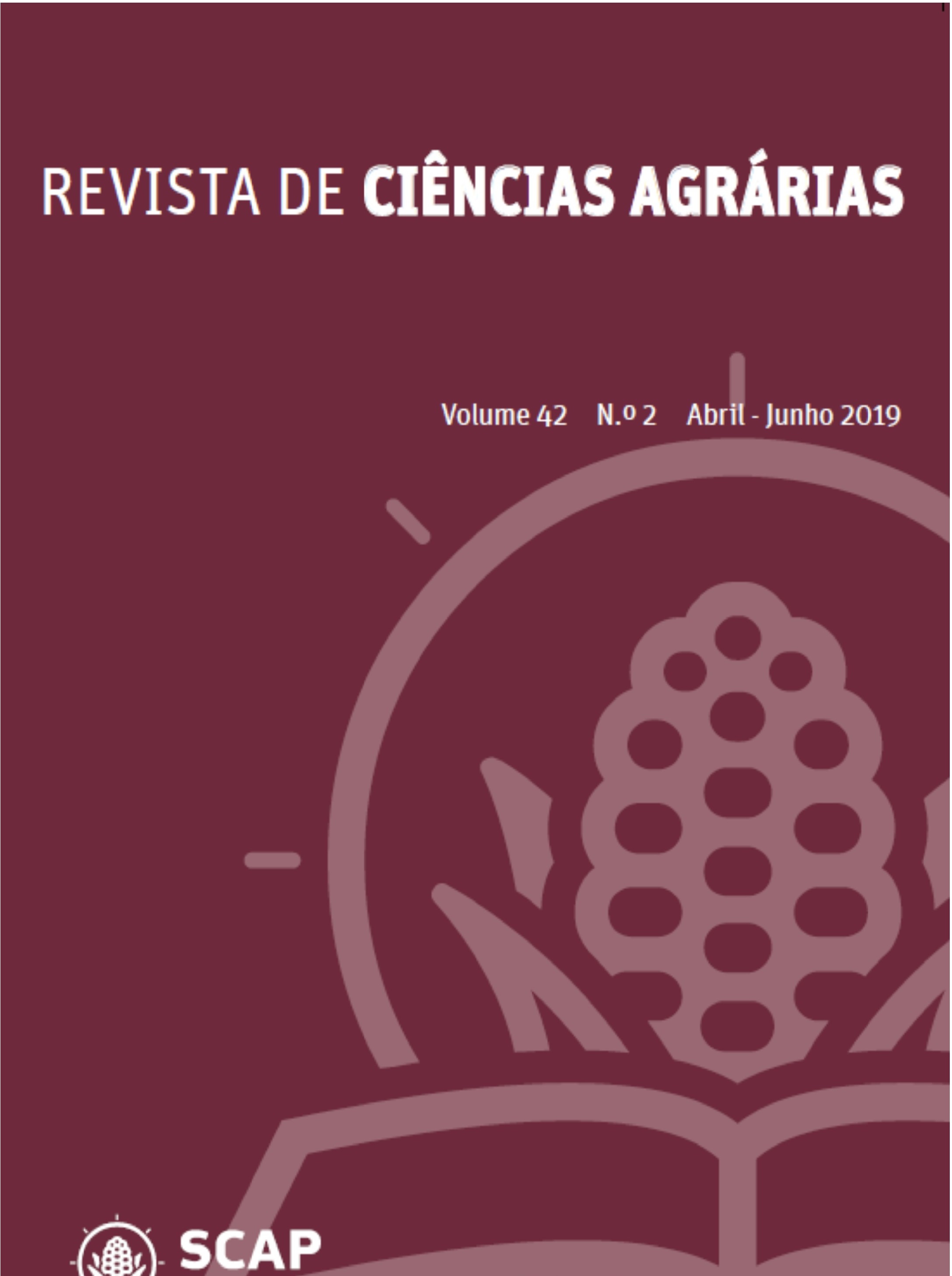Sensory analysis of organic and conventional cachaça
DOI:
https://doi.org/10.19084/rca.17426Abstract
Cachaça, produced from sugar cane, is considered a genuine Brazilian drink. The improvement in the quality of cachaça contributed to greater acceptance in the market and greater volume of production and export. The objective of this study was to evaluate if the varieties (RB 867515, RB 966928 and RB 855453) and sugar cane crop management (without organic and conventional fertilization) influence the sensorial characteristics of cachaça. Descriptive Analysis by Ordination (ADO) and acceptance were used. The results showed the existence of sensorial differentiation between the drinks of different varieties and managements. These, in turn, influenced the sensory attributes, evaluated through ADO. These, in turn, influenced the sensory attributes. In the opinion of the evaluators during the sensorial analysis of acceptance, color was not a factor of differentiation among beverages, aroma, flavor, body and overall impression may have influence of the acceptance of cachaças produced from varieties RB 855453 and RB 867515, in the organic management modality.


